Posted on 7/19/2023
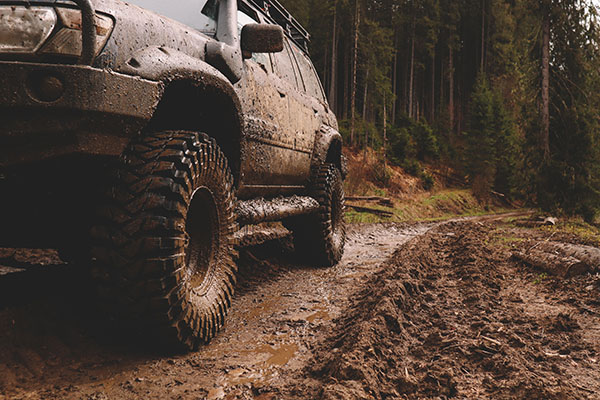
Do you know tire lingo? Tires are a big investment and a crucial safety feature of the vehicle. When a shop is describing the condition of your tires there are a few words that they will use and knowing the meaning will help you make the decision of when its right for you to make that investment. Cords Showing- This a reinforcing material in the tire typically made up of steel used to keep the shape of the tire, once you have worn down to the point of cords showing the tread is gone and the tire is no longer safe to drive on. Bald- Tires are made up of multiple layers. A bald tire has worn through the tread and no longer has the traction required for stopping Cupping is a wear pattern indicating high and low spots in the tread. Most commonly caused by a suspension issues, you will notice extra tire noise, shaking or vibrating. Edge wear- it can be inner or outer edge wear, the tire is wearing unevenly and leaning on the inner or outer side causing can be cau ... read more
Posted on 7/10/2023
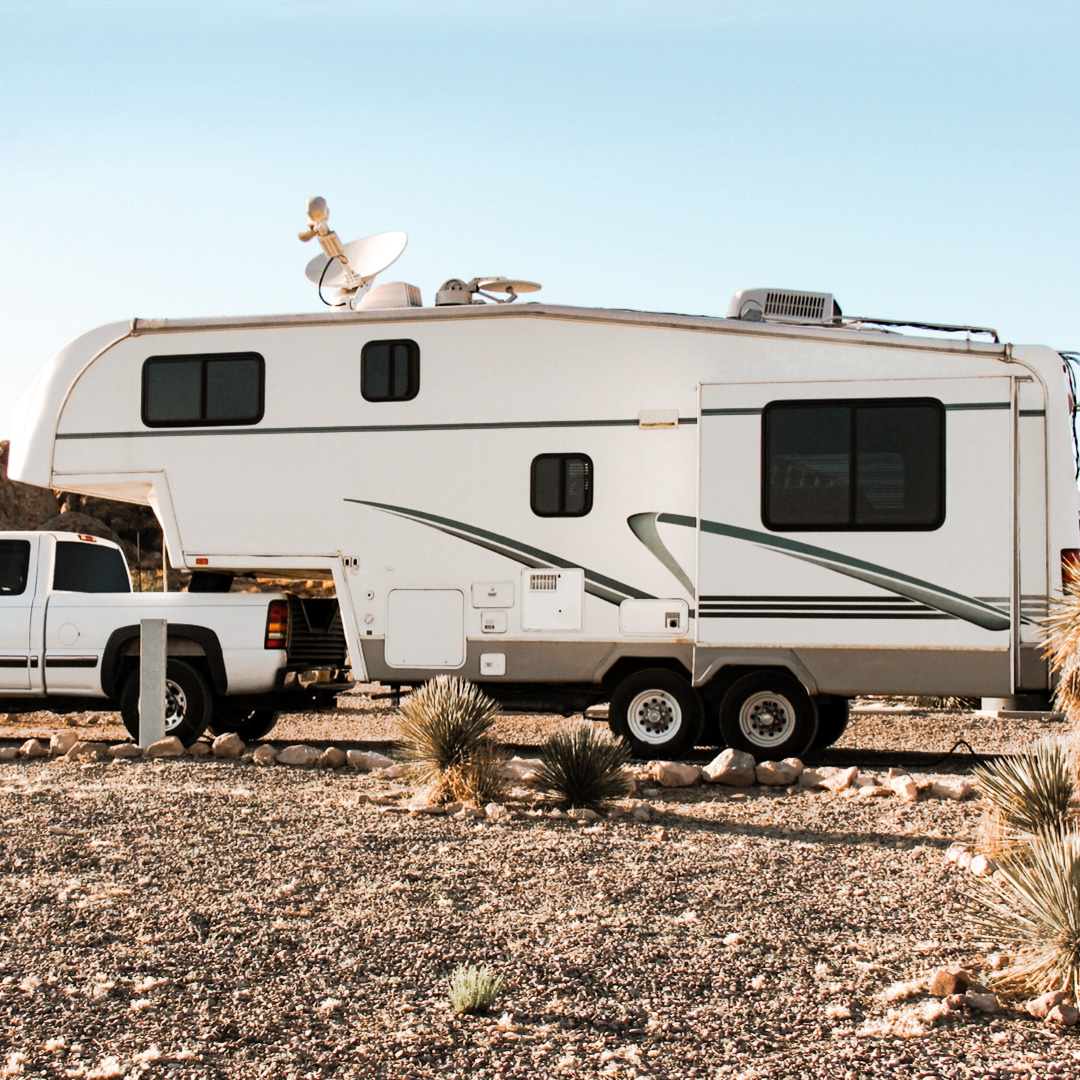
How long do trailer tires last? 20 years ago tires lasted much longer than they do today. I remember my parent’s boat trailer and travel trailer tires lasting 10 years or more with no issues at all. Today that is not the case; as a general rule of thumb trailer tires will start to separate and fail after they are roughly four years old. Sure if you keep them out of the sun you may get up to six years out of them. The sad thing about trailer tires is that when they fail they often do serious damage to the trailer fender and anything else in the area. They don’t just go flat, you will generally hear a loud pop or bang as they become completely shredded causing damage to anything the shredded mass comes in contact with. So read the date DOT date code that is branded into the tire on one side or the other. The DOT information is Alfa numeric production information followed by a four digit numeric date branded into the tire. The first two digits indicate the week of the year fo ... read more
Posted on 7/6/2023
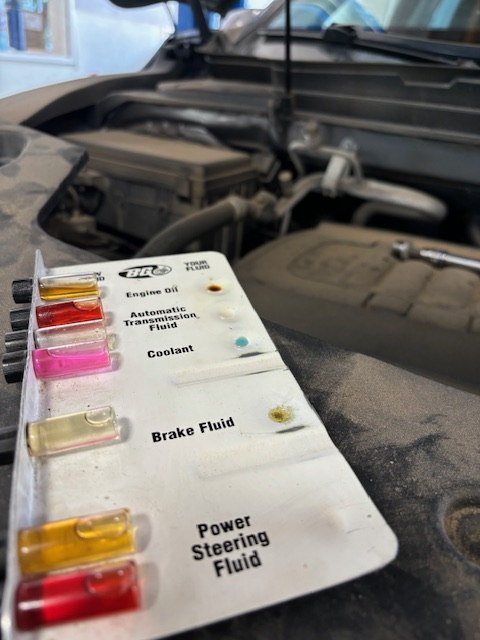
Fluid Exchanges – What You Need to Know When your repair shop recommends a fluid exchange, what exactly does that mean? Most people are familiar with oil changes, but your vehicle can have up to seven other fluids that need regular care—transmission, coolant, brake, power steering, transfer case, front differential, and rear differential. Keeping these fluids clean and fresh ensures all the moving parts in your vehicle stay properly lubricated and performing their best for as long as possible. At Dickerson Automotive, we recommend fluid exchanges every 30,000 to 50,000 miles to maintain peak performance. While some manufacturers claim certain fluids are “lifetime,” their goal is to sell cars—not necessarily keep them running for decades. During every oil change, our technicians take fluid samples to check their condition and help you stay ahead of costly repairs. Call us today to schedule your fluid check ... read more
Posted on 7/27/2022
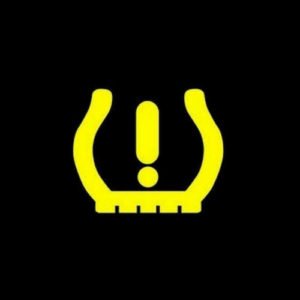
Most vehicles manufactured after 2008 are equipped with a warning light for low tire pressure called the tire pressure monitoring system (TPMS). The system alerts you if any of your vehicle's tires have low pressure using sensors to track the tire pressure. However, the sensor only shows when the tire pressure is below 25 percent of the recommended manufacturer's pressure for safe driving. You should, therefore, not substitute regular tire pressure checking with the TPMS. In most vehicles, the warning light is a yellow wheel's cross-section on the vehicle's dashboard. Some vehicles will also display a low-pressure message with the exact tire with low pressure. Why You Should Never Ignore the TPMS Warning Light Driving with a low tire pressure affects your vehicle's handling, performance, and, more significantly, your safety. Underinflated tires tend to flex more and generate more heat which may cause the tire's internal components to overheat and break down ... read more
Posted on 4/28/2022
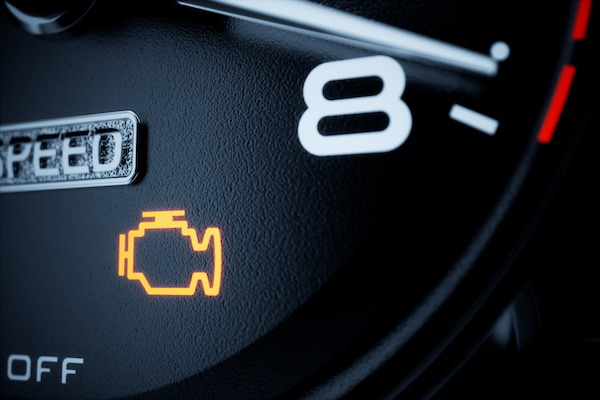
The last thing you want is to damage your car while driving. But if you're in the middle of a highway and the check engine light comes on, what should you do? Will you damage the engine if you drive a few miles further to the next gas station? The answer to this question can be tricky. It's useful to know what kind of check engine light your car has. Is it just an orange light or is there a red one as well? Does the light flash when the situation is dire? Does the light stay constant when the issue does not require your immediate attention? Knowing how the check engine light functions in your car can help you understand what the car's diagnostic system communicates whenever it flashes or lights up. Check your car's manual to make sure you're familiar with its language. When the frightful check engine light does comes on, stay calm. Reduce your speed and inspect how your vehicle is performing. Use all your senses to reassess if there is something strange or dist ... read more